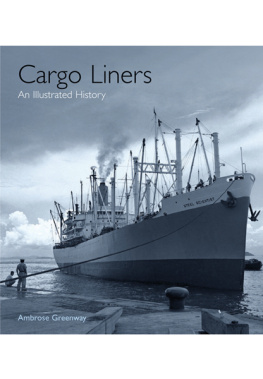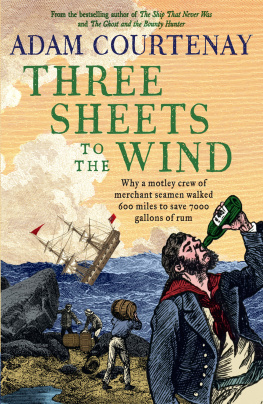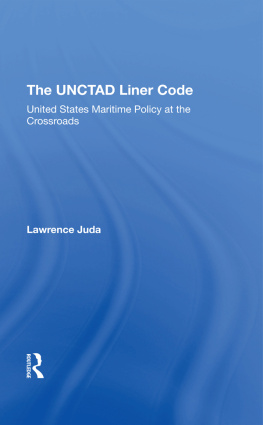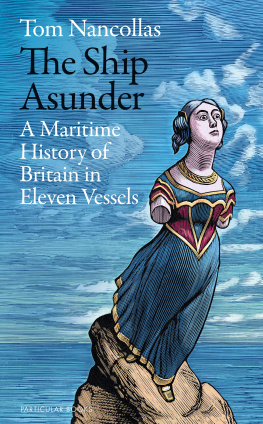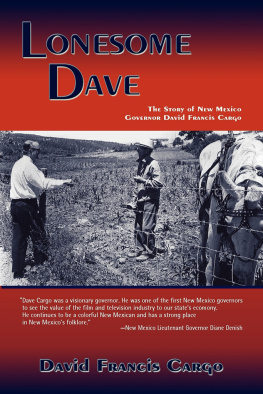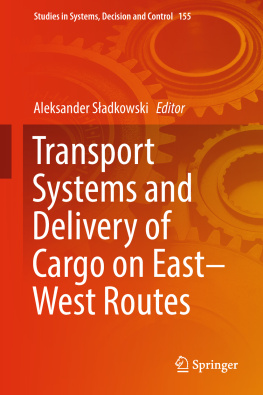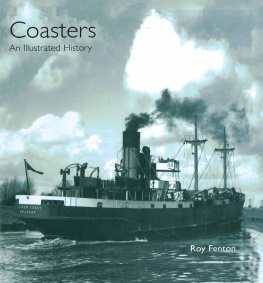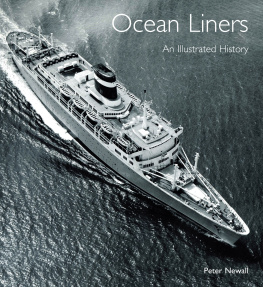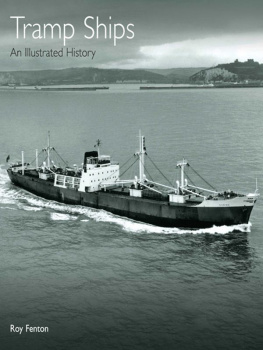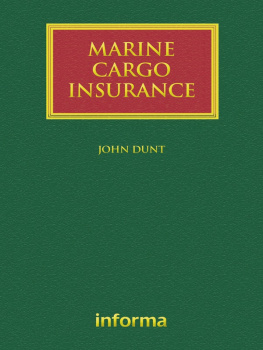
.
Title page photo: Martin Bakke, see .
Copyright Ambrose Greenway 2009
This edition first published in 2011 by
Seaforth Publishing,
Pen & Sword Books Ltd,
47 Church Street,
Barnsley S70 2AS
First published 2009
www.seaforthpublishing.com
British Library Cataloguing in Publication Data
A catalogue record for this book is available from the British Library
ISBN: 978 1 84832 129 8
EPUB ISBN: 978 1 78346 929 1
PRC ISBN: 978 1 78346 696 2
All rights reserved. No part of this publication may be reproduced or transmitted in
any form or by any means, electronic or mechanical, including photocopying,
recording, or any information storage and retrieval system, without prior permission
in writing of both the copyright owner and the above publisher.
The right of Ambrose Greenway to be identified as the author of this work has been
asserted by him in accordance with the Copyright, Designs and Patents Act 1988.
Typeset and designed by Ian Hughes
Printed and bound in China
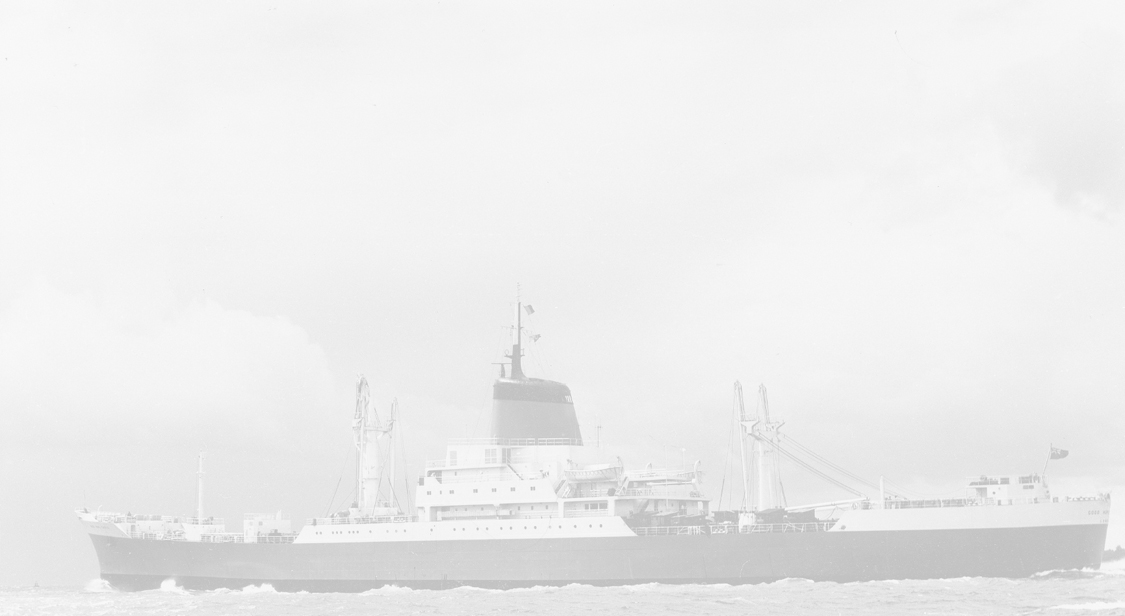
Preface
I inherited a love of the sea and ships from my father and research into shipping history has become something of a lifelong passion. Although my interest has ranged across all areas of shipping, I have always had a particular fascination with the cargo liners that plied the seven seas on a regular basis, transporting all manner of goods and raw materials between nations and, in so doing, providing a vital link in the world trade chain. Characterised by a forest of masts and posts and often faster than many passenger liners, they had a grace and beauty all their own.
Many of the well-known companies that operated cargo liners are fast becoming memories but we should be thankful that almost all have been written about in one form or another, either in official company histories or illustrated fleet lists. A number of excellent larger versions of the latter have been published recently, notably in the United Kingdom, Germany, Holland and Denmark. A few more books have dealt with specific subjects relating to cargo ships but, as far as I am aware, no book has tackled the development of the cargo liner per se, a somewhat surprising omission when one considers the number of books produced on other types of ships. Perhaps the sheer size and complexity of the subject, involving as it does so many different variations, has put people off.
In seeking to go some way towards filling this gap, it is my hope that this illustrated history will provide a starting point that will encourage others to tackle the subject in somewhat greater depth. Much remains to be written and perhaps one day an equivalent to David MacGregor, that champion of the fast sailing ship, will emerge to produce a definitive work.
With so many ships to choose from, I have had to be fairly selective in my choice of subjects with the inevitable result that a number of favourites have had to be omitted. I have endeavoured to take a broad approach but the predominance of the British merchant navy during most of the period under review is self-evident. The story starts in the second half of the nineteenth century and I have chosen to end it around 1970, when development of the traditional cargo liner had reached a peak. That date, more or less, coincides with the entry into service of the first generation of purpose-built cellular container ships that revolutionised the carriage of general cargo and quickly began to usurp the role of the cargo liner. Tween-deckers continued to be built for non-containerised trades for a further ten years or so, but these became increasingly container friendly and really fall into the multi-purpose ship category, which, for space reasons alone, is beyond the scope of this work.
I have consulted a large number of sources in the compilation of this work but would like to express my gratitude in particular to Lloyds Register of Shipping Information Services, the Starke-Schell Registers and the Miramar Ship Index website sponsored by the New Zealand Ship & Marine Society.
All the illustrations are taken from my own collection, built up over many years, and those where the source is known are acknowledged. However, despite my best endeavours, it has proved impossible to ascertain the origin of many and I can only apologise if I have inadvertently infringed anyones copyright.
AMBROSE GREENWAY MOREBATH, January 2009
Introduction
The cargo liner has been described as the backbone of empire. For more than a century it was the main vehicle for transporting general cargo around the world, carrying manufactured goods from the industrialised nations on the outward voyage and bringing back foodstuffs and raw materials vital to the manufacturing processes on the return voyage. It could also, if required, be adapted to carry bulk cargoes, such as grain.
Unlike the tramp steamer, which worked the bulk trades and sailed on a random basis to wherever cargo was on offer, the cargo liner sailed on a regular schedule to named destinations, and its itinerary generally included more ports of call than the passenger liner.
An external feature that distinguished the cargo liner from the average tramp was its more extensive cargo-handling arrangements. These consisted of derricks and winches, the former being supported by the masts as well as a number of tall posts, usually mounted in pairs, which were known as kingposts or sampson posts. The cargo liner also had a greater number of cargo holds, which were subdivided horizontally by two or more between or tween decks, hence their often being referred to as tween-deckers. This allowed several different layers of cargo to be carried, making much greater use of the hold space. Following a decline in the tramp trades from the 1920s, an increasing number of tramp-ship owners built tween-deckers that could be used for bulk cargoes, such as grain and fertiliser, but which were also suitable for charter to liner companies when bulk markets were depressed.
Next page
